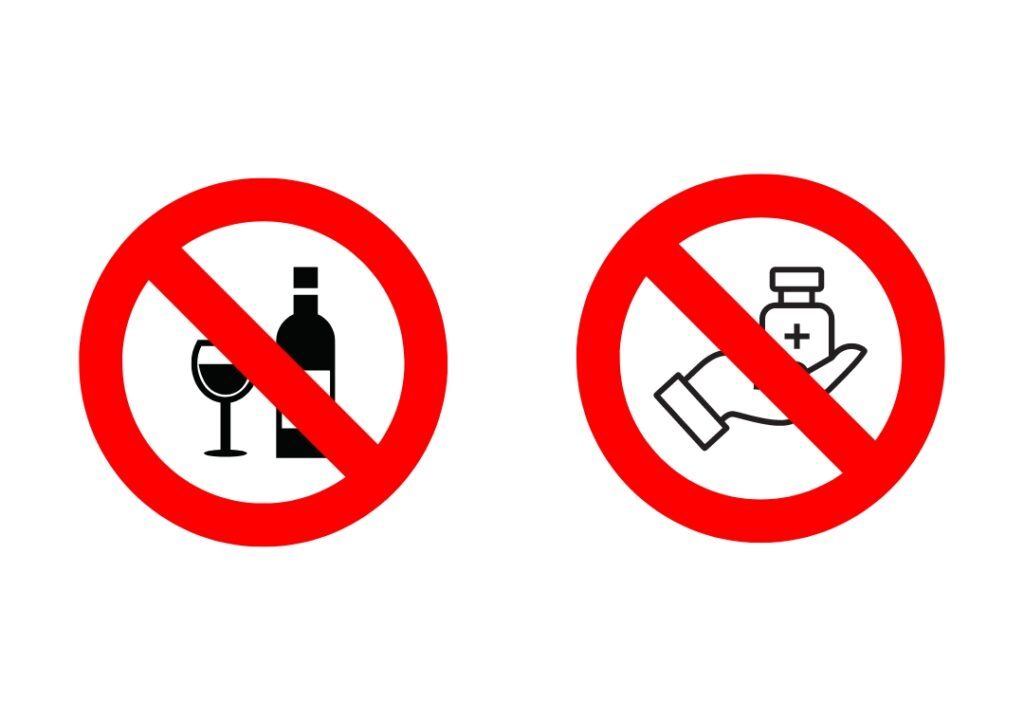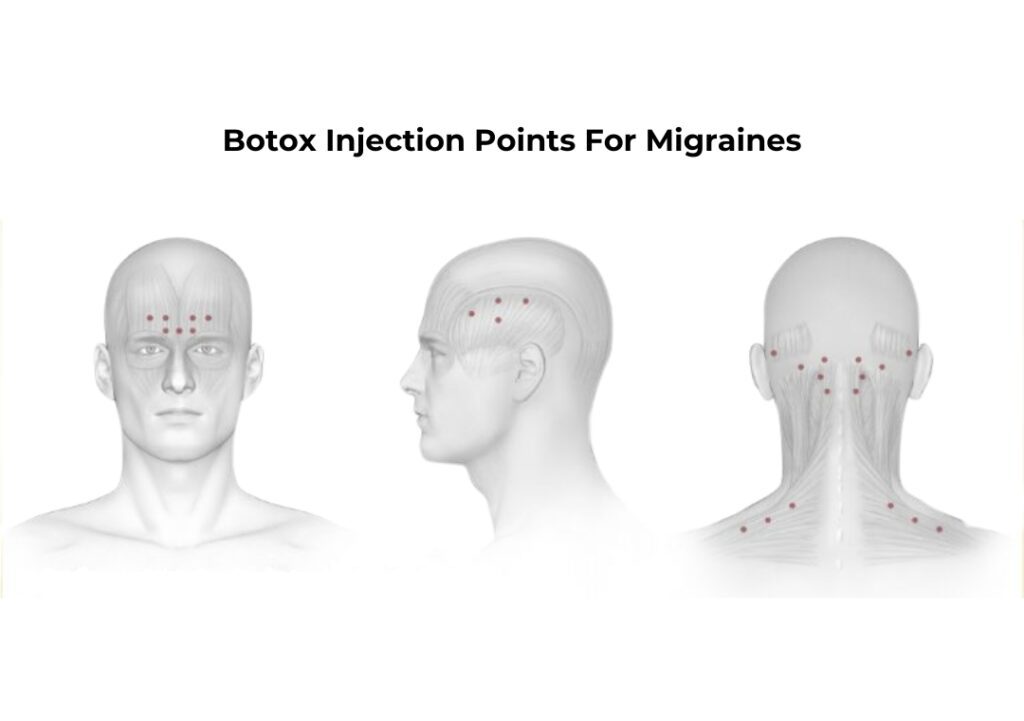
Chronic migraines are more than just severe headaches; they represent a debilitating neurological condition that profoundly impacts every aspect of daily life. Traditional treatments often provide insufficient relief, leaving many individuals in a relentless search for an effective solution.
In this context, Botox emerges as a beacon of hope, offering a novel approach to chronic migraine treatment. This comprehensive guide explores the efficacy of Botox for migraines, providing insights into the treatment process, benefits, and patient experiences.
Chronic migraines, characterized by their relentless frequency and severe discomfort, stand apart from ordinary headaches. They occur on 15 or more days each month for over three months, with at least eight of those days involving migraine symptoms.
Consequently, this persistent condition profoundly impacts a person’s quality of life. Chronic migraine means you have migraines at least eight times per month for at least three months. The utilization of Botox, a well-known Botulinum toxin, has been a game-changer in managing chronic migraines. Initially used in cosmetic applications, the deployment of Botox for migraine relief has become a significant boon for sufferers.
Chronic migraines often present a range of debilitating symptoms:
The potency of Botox in treating migraines lies in its ability to block neurotransmitters that carry pain signals from the brain. By preventing these signals from reaching nerve endings around the head and neck, Botox can effectively reduce the occurrence and severity of migraine attacks.
Administered every 12 weeks, the Botox treatment for headaches involves strategically targeted injections. This botox injection for migraine protocol has been demonstrated to be effective in reducing the number of headache days for chronic migraine sufferers, marking a significant advancement in migraine management.
During the treatment, small doses of Botox are injected into specific areas around the head and neck. The procedure is relatively quick and is typically performed in an outpatient setting. Patients can expect minimal discomfort during the injections, with most describing it as a series of quick, small pinches.
Patients should have a comprehensive discussion about their medical history and current medications with their healthcare provider. Ensuring the safety and optimal outcomes of the treatment is paramount. Additionally, avoiding alcohol and anti-inflammatory medications a few days prior to the procedure is advised to minimize the risk of bruising.

Clinical studies have consistently shown the effectiveness of Botox in reducing the frequency of migraine days. Many patients report not only a decrease in the number of headache days but also a significant improvement in their overall quality of life.
Patients typically begin to notice the effects of Botox for migraine about two weeks after the initial treatment. The full benefits are often observed after the second or third treatment session, with a significant reduction in the intensity and duration of migraines.
While Botox for migraine is widely tolerated, it’s important to be aware of potential side effects. Most are mild and temporary, including injection site discomfort, neck stiffness, or temporary muscle weakness in the neck and shoulders.
Any side effects experienced are usually short-lived and can be managed with over-the-counter pain relievers or simple rest. Patients should consult their healthcare provider if they have any concerns or if symptoms persist.
Beyond Botox, various treatment options are available for chronic migraine sufferers. These include traditional medications, lifestyle changes, and in some cases, surgical interventions.
Many patients find relief through complementary therapies like acupuncture, biofeedback, and dietary modifications. Stress management techniques such as yoga and meditation can also be beneficial in managing migraine triggers.
In rare cases where chronic migraines are not responsive to other treatments, surgical options may be considered. These procedures aim to deactivate specific nerves that contribute to migraine pain.

Effective migraine management requires a personalized approach. Working with healthcare providers, patients can develop a comprehensive plan that may include Botox injections for migraine, lifestyle modifications, and other treatments tailored to their specific needs.
Botox is strategically injected into specific muscles around the head, neck, and sometimes shoulders.
Yes, Botox is clinically proven to reduce the frequency and severity of migraine headaches.
At SL Haus Medical Spa and Wellness, we proudly offer specialized Botox treatments, administered by experienced professionals in a serene, state-of-the-art environment.
Botox has demonstrated significant effectiveness in managing and reducing the impact of chronic migraines. Clinical studies reveal that patients typically experience a reduction in migraine frequency by approximately 50%, with the benefits increasing over time. These outcomes not only alleviate the physical symptoms but also significantly improve patients’ overall quality of life.
Botox signifies a groundbreaking development in migraine treatment, offering hope and effective relief for chronic migraine sufferers. Integrating Botox into a comprehensive treatment plan, individuals can anticipate an improved quality of life, heralding a new chapter free from the debilitating effects of chronic migraines.